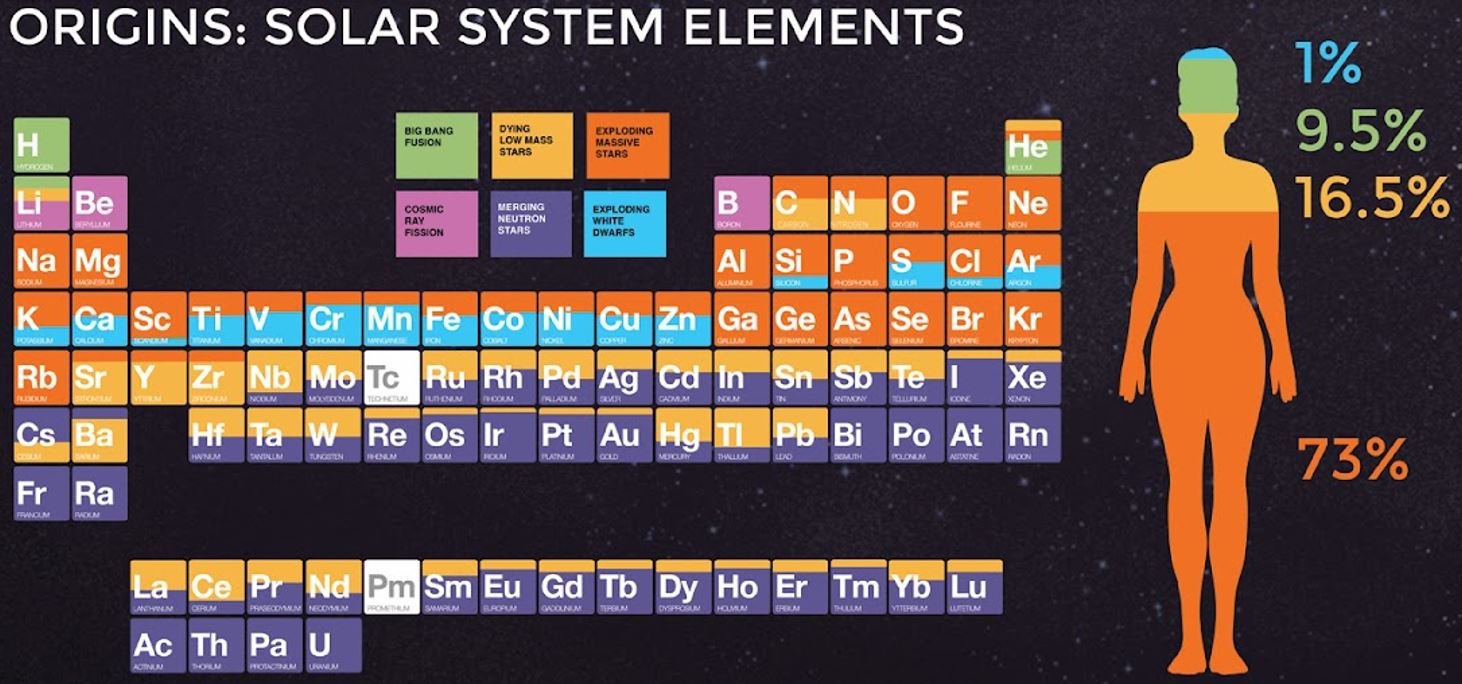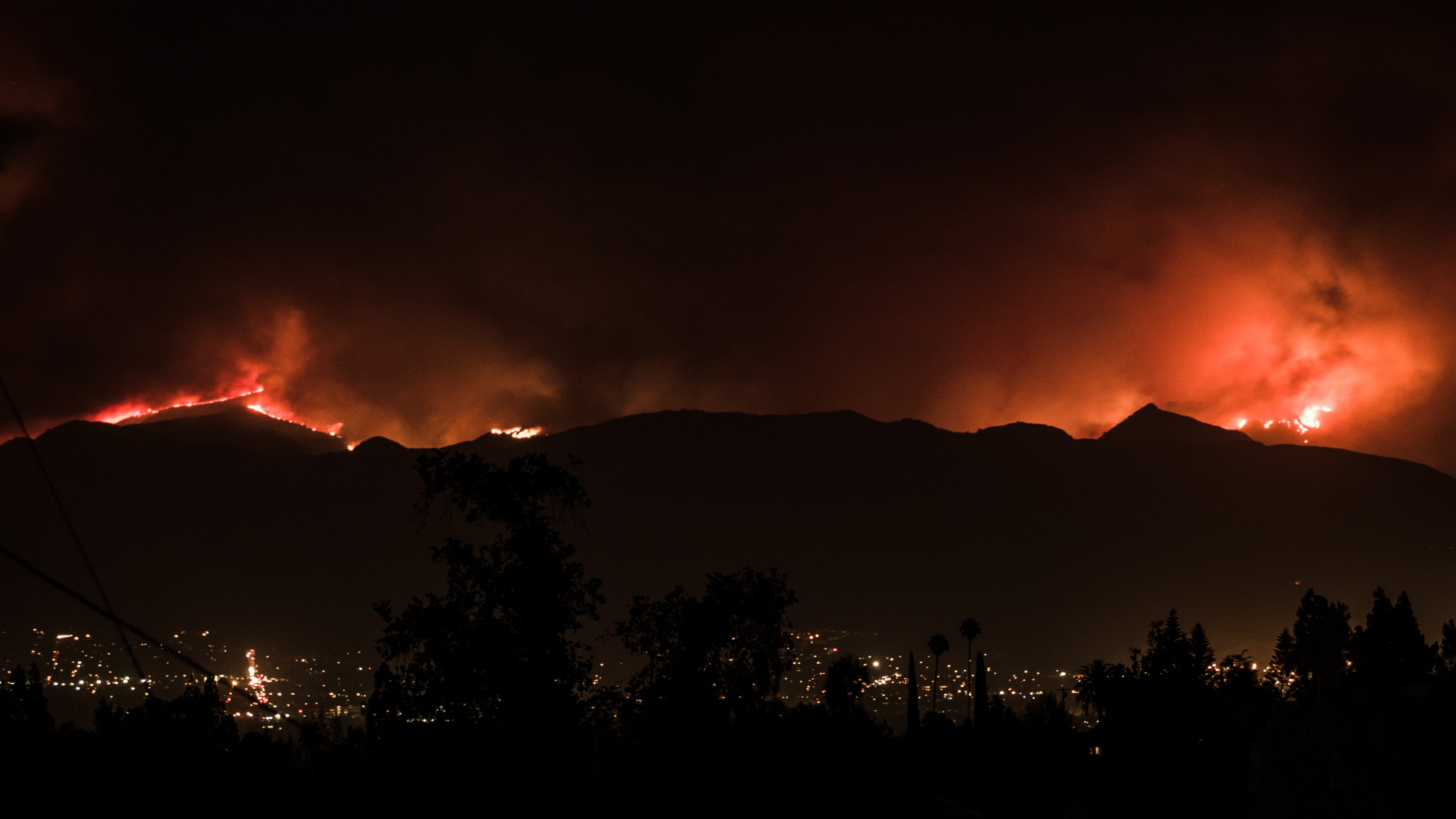It’s Getting Hot in Here: Understanding the Impact of the “Meteorological March Madness”

It’s going to take some time for science to catch up with what happened this past winter. For instance, a lot has been made of the “Meteorological March Madness” we just experienced, in which over 15,000 local, all-time warm-weather temperature records were broken across the U.S.
What is particularly significant, and alarming, is the broad context of this weather pattern, which is visualized in this animated video below, courtesy of NOAA’s Environmental Visualization Lab. You can see how over the course of the month, the record warm temperatures were not at all geographically isolated, but actually formed a weather pattern that spanned the entire continental U.S. (Alaska still had a cold one).
Watch here (Note: the red dots represent daytime warm temperature records. The orange dots represent nighttime records):
What’s the Big Idea?
The ancient practice of forecasting the weather has evolved frustratingly slow over the course of thousands of years. And yet today we are employing super-computers to predict the weather with a level of precision undreamt of before.
For instance, IBM’s Deep Thunder is designed to complement the National Weather Service with weather predictions “customized to business applications for weather-sensitive operations up to a day ahead of time.”
And yet, this does not address the need for accurate long-range forecasting.
When we look at the weather, as it is printed in a newspaper or made available on an app, we are looking at a limited time horizon. These forecasts are small comfort for someone trying to plan a wedding, not to mention a government agency trying to prepare for catastrophic extreme weather events or a business looking to “weatherproof” its operations.
Jerome Namias, who died in 1997, was the self-taught pioneer of long-range weather forecasting. Namias studied the relationship between the atmosphere and the ocean at the Scripps Institution of Oceanography, and demonstrated how weather could be predictable for weeks and months ahead. Namias’s groundbreaking work grew out of the need to plan military operations during the Cold War.
Advances have since been made with complex computer programs that offer mathematical representations of the interaction between the atmosphere and the ocean, land surfaces and the sun. There is evidence that these climate models are a reliable guide to predicting climate change, and yet, these models have their limitations, as they are modeling a chaotic system.
What’s the Significance?
The weather has a clear and measurable impact on industries such as tourism and agriculture. And yet, extreme weather can affect the economy as a whole, and turn a recovery into a slowdown.
Economists, that other breed of forecasters, have attributed some of the economic growth this winter to unseasonably warm conditions. That is to say, the employment numbers that were showing 200,000+ jobs created per month might have been artificially inflated, as demand for products like lawn mowers and open-toed shoes rose earlier than the seasonal norm. In other words, the jobs this economic activity created in February were essentially canabalizing the jobs that would have been created in March.
The impact of extreme weather runs far deeper in the developing world, where droughts, heat waves and food shortages can wipe out thousands of lives. In fact, the World Health Organization blames 150,000 deaths per year on the effects of global warming.
Image courtesy of Shutterstock
Follow Daniel Honan on Twitter @Daniel Honan





